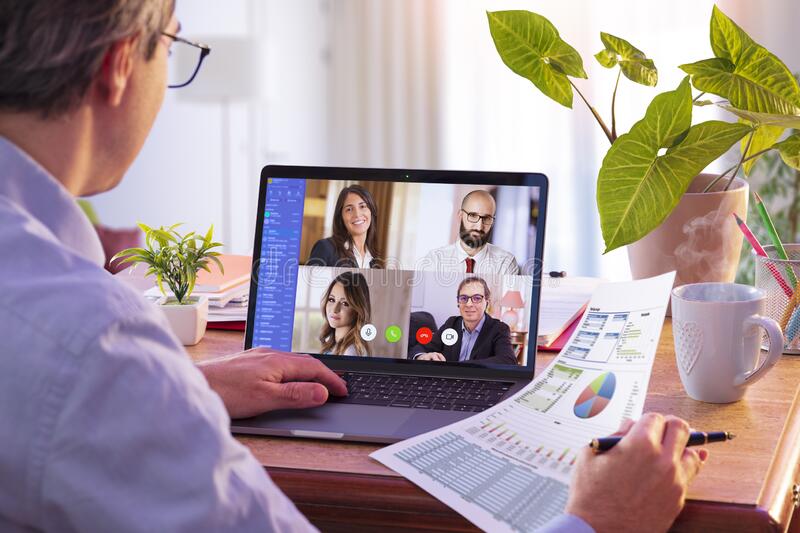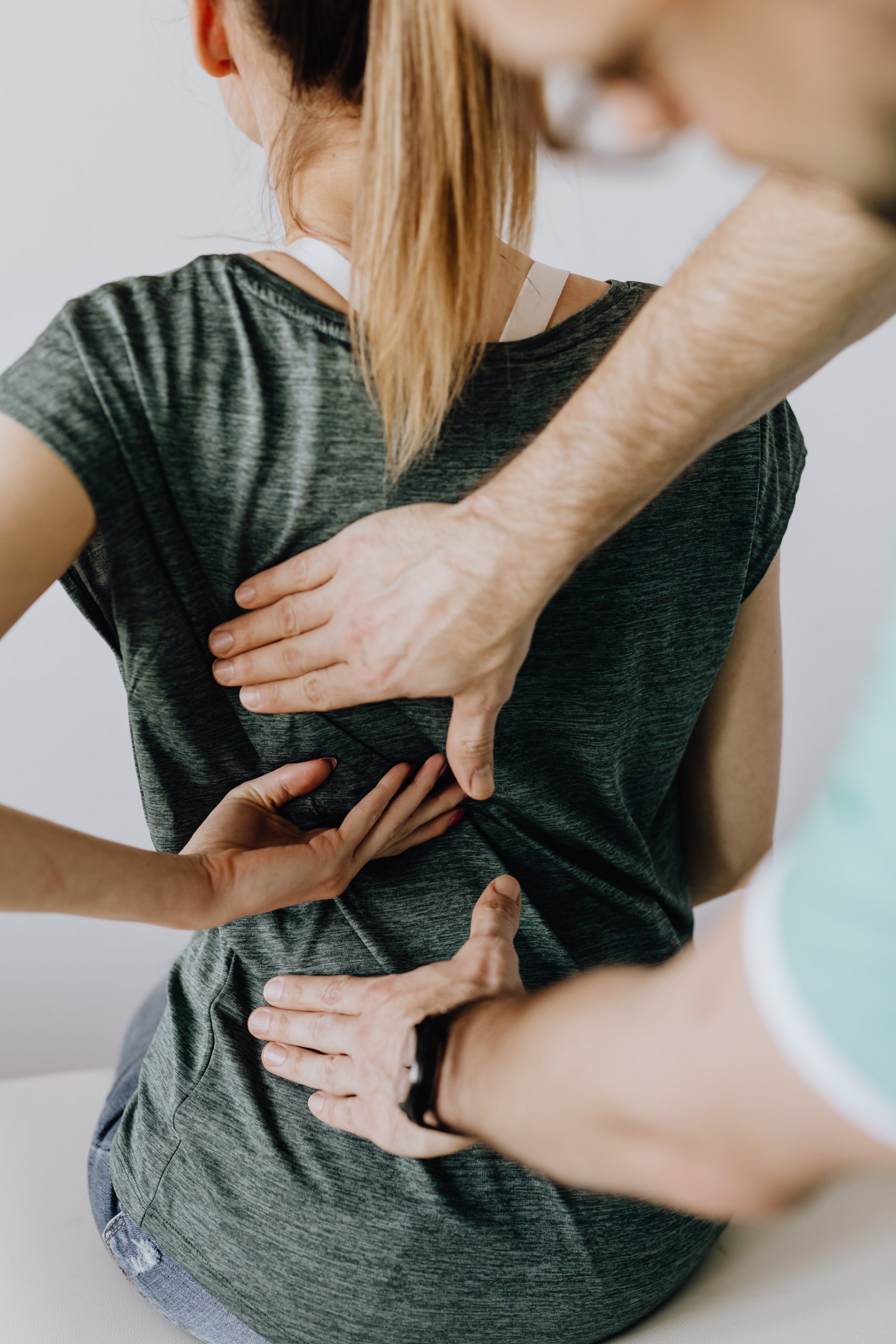12 tricks for those who spend more than 5 hours a day behind the screen

According to statistics from the World Health Organization, 1.3 billion people in the world have visual impairments. Ophthalmologists call myopia a disease of the 21st century and associate it with gadgets. All day long we have screens before our eyes: a computer monitor at work, a smartphone or tablet on the road, queues and breaks, and at home a TV awaits us.
The editors at Bright Side know firsthand how eyes get tired of gadget screens, so we continue the “save your sight” section and have prepared a new batch of tips on this topic. We are not urging you to completely abandon electronic devices, but we will tell you how to use them wisely.
1. Remember the rule 30-60-300
A universal rule of thumb to suggest a safe distance to the device, at which you will not strain your eyes:
the smartphone should be 30 cm from the face;
computer monitor – 60 cm;
TV – 300 cm.
2. Use the auto brightness function
Screen brightness is a factor that occupies one of the leading positions in influencing your vision. You can adjust this parameter yourself, but you need to do it several times a day, and it’s easy to forget about such a trifle. So turn on the auto brightness function: it is available on all mobile devices and in most laptops (adaptive brightness, usually in the “Power” – “Display” section of the settings).
When it comes to your computer monitor, you have 2 options:
Set the average brightness for daytime and use the “Night color” function (“Settings” – “Display”) in the evening.
Download an app like f.lux that will automatically adjust the screen brightness based on the time of day in your time zone.
3. Boost color warmth and try using reading mode
While research on the effects of blue light on the eyes is still controversial, most ophthalmologists agree that increasing the color warmth of screens reduces eye strain.
On the monitor, this parameter can be configured independently, and on mobile devices, the standard “reading mode” function will help you. It may look strange at first, but it is a great tool when you need to read a large amount of information from your phone or tablet.
4. Change the white background to gray in the settings
The lower the contrast between the background color and the content color, the easier it is for your eyes to bear the strain. A good solution is to replace the white background of the windows with a gray one. This can be done in the settings (if you have Windows 10, then keep in mind that this parameter is now located not in the most logical way: in the settings in the “Colors” section there is an item “High contrast settings”).
Or you can install a third-party utility, for example, Classic Color Panel: it has wider possibilities for fine-tuning.
5. In the evening and at night, read from a dark screen with a contrasting font
If you like to read e-books, and you haven’t got a corresponding device with e-ink, then use a more gentle mode for your eyes in the evening and at night. Any “reader” has a night mode or the ability to create it using the settings. Try different options and find out which one is more comfortable for you. The most common are gray text on black, white on burgundy, and green on black.
6. Always keep your screen free of fingerprints
Carried away by what we see on the screen, we usually do not notice fingerprints on it. But your eyes cannot be fooled so easily: they will constantly change focus from what you are looking at to the prints on the glass.
Therefore, make yourself a good habit of constantly wiping all the screens that you spend time behind.
7. Buy matte films for your devices
Glare is the main enemy of your vision, which, in terms of the degree of impact, can be compared to the flickering of a picture. It would be nice to choose devices with matte screens: this can be done for a computer monitor and laptop, but there are very few smartphones.
You can solve the problem by using a high-quality matte film, which will significantly reduce the amount of glare and at the same time protect the screen. An additional plus – much fewer prints remain on such a film.
8. Give preference to large screens
If you have a choice between a smartphone and a tablet, pick up the second one. And when shopping for new devices, opt for large-screen models too. Yes, they are not as compact, but they are safer for the eyes.
9. Do not switch from computer to mobile devices for relaxation
One of the main mistakes of a modern person is to break away from working at the computer and take a break, switching to social networks or playing on the phone. And while you rest in this way, your eyes continue to become overwhelmed. We won’t try to convince you to exercise or meditate instead, but give your eyes a rest: turn on an audiobook, listen to music or an interesting podcast. If you can get your ears to work instead of your eyes, do it.
10. Monitor the indoor air
When we talk about eye protection, we often focus on the source of the problem – in our case, on gadgets – and forget about the secondary factors that also affect the condition of the eyes.
If at work you have to spend all day in front of a computer monitor, you cannot influence this factor in any way. But you can ease your lot and create comfortable conditions in the room. You can keep your eyes dry by keeping the temperature around 21–22 ° C and the humidity around 40–60%.
11. Hold mobile devices correctly
Look around in the transport and you will see many “shrimps” that hold phones on their laps, stoop and bow their neck, disrupting healthy blood flow in the vessels of the eyes. But it’s not difficult to lift the phone higher, resting your elbow on your knee. Read more on this on Healthcare Solutions.
The correct position of the mobile device is 30–40 cm from the face, just below eye level.
12. Use eye protection apps
It sounds strange, but gadgets can even help preserve eyesight. Here are some apps to take care of your eyes:
EyeCare is an extension for Google Chrome that will remind you to take your eyes off the screen and look at distant objects every 20 minutes to relieve eye strain.
Twilight: Blue light filter is an application for fine-tuning the color of the screen of a mobile device, which also adjusts to the time of day.
Vision Test – detailed tests that identify major vision problems. They will not replace a visit to an ophthalmologist, but installing the application is definitely easier than forcing yourself to make an appointment with a doctor.
Eye Exercises – Eyesight + great free eye exercises.
How much time a day do you spend behind screens and how do you protect your eyes from stress?





